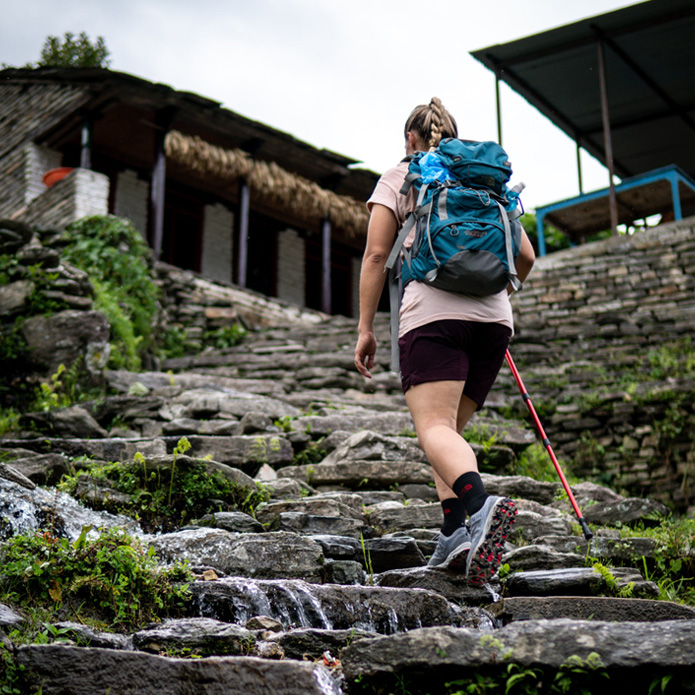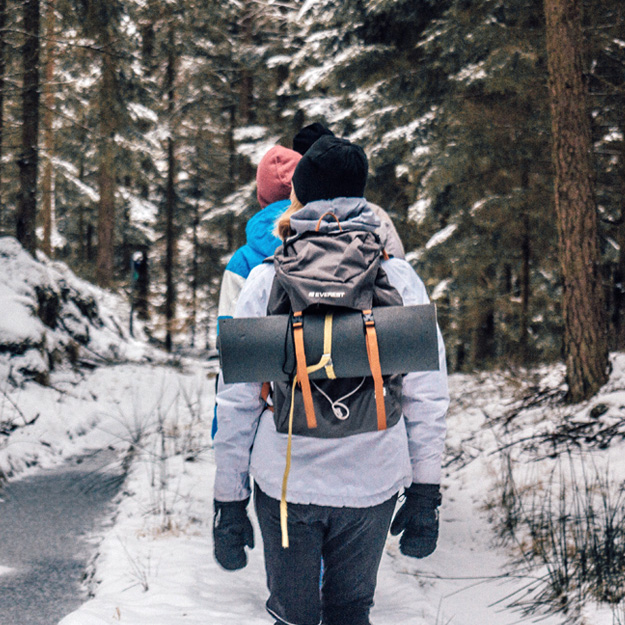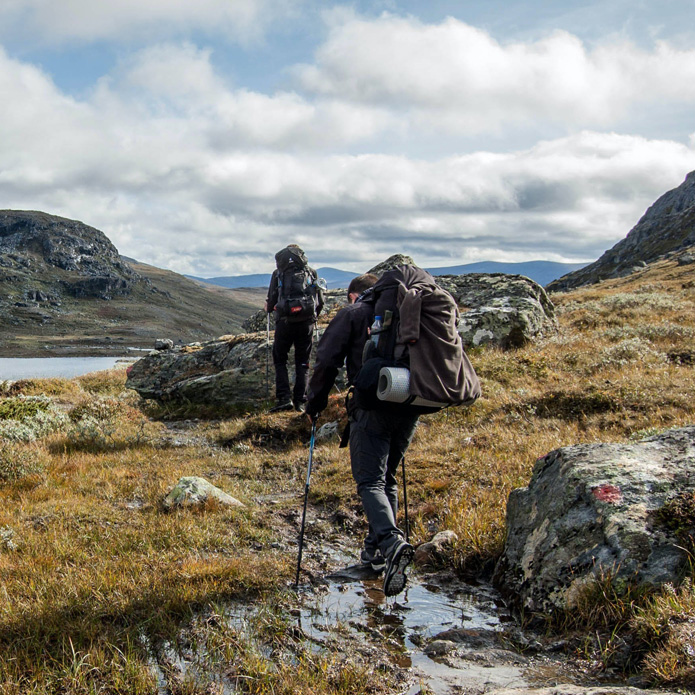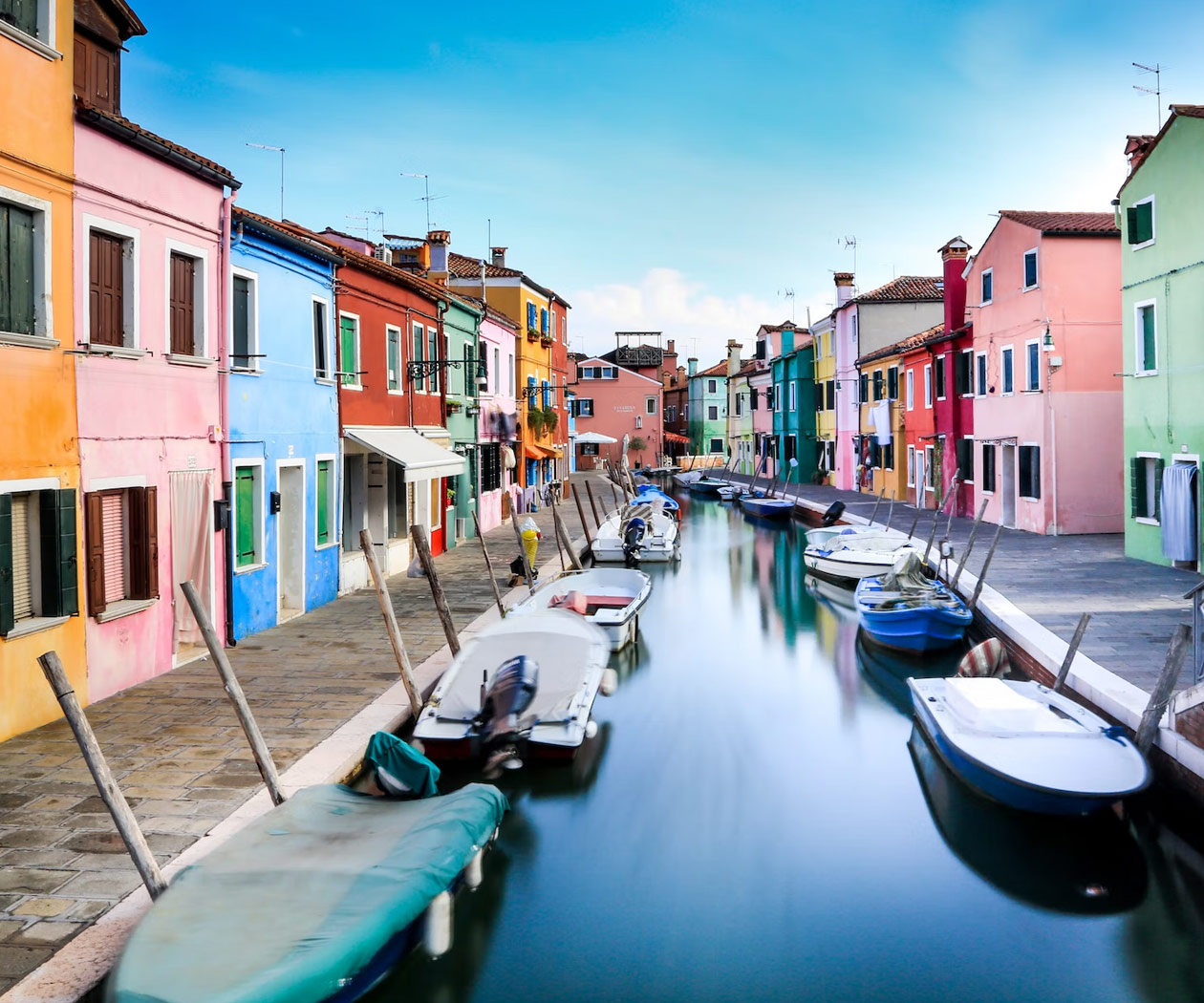Bara Bhangal Trek – The Bara Bhangal Trek is a challenging and picturesque trek located in the Indian state of Himachal Pradesh. It takes you through remote and pristine landscapes, offering breathtaking views of the Dhauladhar and Pir Panjal mountain ranges. Here are some key details about the Bara Bhangal Trek:
Location:
The trek starts from Manali and takes you to Bara Bhangal, a remote village in the Kangra Valley. Bara Bhangal is often considered one of the most isolated villages in the region.
Duration:
The trek typically takes around 12 to 14 days to complete, covering a distance of approximately 60-70 kilometers.
Difficulty:
Bara Bhangal Trek is known for its difficulty, primarily due to challenging terrains, high altitudes, and unpredictable weather conditions. It involves crossing high mountain passes, rocky terrains, and glacial streams.
Highlights:
Stunning landscapes: The trek offers breathtaking views of snow-capped peaks, alpine meadows, and dense forests.
Remote villages: Bara Bhangal is a unique and remote village with traditional Himachali architecture and a distinct way of life.
Thamsar Pass: The trek includes crossing the Thamsar Pass, which is situated at an elevation of around 4,800 meters (15,748 feet).
Best Time to Visit Bara Bhangal Trek:
The ideal time to undertake the Bara Bhangal Trek is during the summer months, from June to September. During this period, the weather is relatively stable, and the trails are more accessible.
Permits:
Trekkers are required to obtain necessary permits from the Forest Department and other relevant authorities before embarking on the trek.
Precautions:
Due to the challenging nature of the trek, it is advisable to be well-prepared with proper gear, clothing, and acclimatization. Hiring a local guide is also recommended.
Access:
The trek usually starts from Manali, and the journey to Bara Bhangal involves a mix of road travel and trekking.
Before planning the Bara Bhangal Trek or any high-altitude trek, it’s essential to check current trekking regulations, weather conditions, and ensure that you are adequately prepared for the challenges associated with high-altitude trekking. Additionally, hiring an experienced guide or joining a trekking group can enhance your overall trekking experience and safety.
Bara Bhangal Trek Tour Itinerary
Bara Bhangal Trek (15 Nights / 16 Days)
Board morning Shatabadi Express train from New Delhi at 0720 Hours to Jalandhar. On arrival at Jalandhar railway station at 1215 Hours our driver will meet you and transfer by road to Dharamsala(4 hours drive). Check in hotel in Dharamsala.
After breakfast drive to Naddi village from where you start a short acclimatization walk for two hours. It is leveled walk through a thick cedar forest from Naddi to Bhagsu Nag village. Enroute you visit a Buddhist stupa in the middle of the forest. After lunch in Bhagsu nag drive lower Dharamsala to visit Norbulingka, a Tibetan centre for learning and preserving traditional art and craft. Afternoon visit H.H. Dalai Lama Temple. Overnight stay in Hotel.
After breakfast Drive to Bir (70kms, 2 hours drive). The trek starts from the small village of Bir, a mixed community of all clans and, and more recent Tibetan settlements. Before starting your day walk you visit the most beautiful monastery at Sherabling near Bir. From Bir it is about 8 kms on a steep short cut trail to Billing. Night stay in tents.
Billing to Rajgunda (2640M) 13 kms, 5 hours walk
After a short ascent for half an hour we enter the forest of rhododendron and deodar trees. It is almost a gradual ascent for two hours to reach Chaina, from where we descend down to Rajgunda village. Camp near the village.
Rajgunda to Plachak (2920 M), 09 kms
This short stage in included in order to get acclimatized to the steep increase in the altitude. Night stay in tents.
Plachak to Paniharthu (3750 M), 12 kms, 5 to 6 hours walk
It is steep ascent for few hours to reach Paniharthu, the base of Thamsar Pass. During early summer we already find snow and ice near Paniharthu. Camp hear for overnight stay.
Leave after an early breakfast. It takes 05 hours to reach the pass after negotiating through patches of glacier and moraines. From the pass we have superb view of the high Himalayan peaks and the ravi valley below. Another three hours to go down to the next camping place at Marhu.
Three hours to go down to Barabhangal, one of the most remote villages in Himachal Pradesh. The village remain cut off from the outside world for almost six months in a year due to heavey snowfall on Thamsar pass which is the only easy route we can approach the village. It is interesting to find that some of the villagers especially the oder people have never been out of the village all their life and have not seen even the small wonders of the outside world. For example they never sat in a bus or a car.Camp near the village. Afternoon explore the village of Barabhangal.
Barabhangal Village to Suni Got (3500M), 14 kms, 6/7 Hours walk
After crossing the ravi river over a wooden bridge we enter into no man’s zone land. There is no human habitation after Barabhangal village until we reach Manali. We come across several shepherd camps to reach Suni got. Night stay in tents.
Suni got to Lambaparh (3715 M)14 kms, 6 Hours walk
Uphill and downhill walk takes us to Lambaparh, a long green pasture where we camp for overnight stay.
Walk along the alpine pasture until you reach Kalihani Nullah(stream) that originates from Kalihani glacier. From here we start to ascend towards Kalihani pass. Devi Marhi is a temporary shepherd encampment where they stay overnight begore crossing over Kalihani Pass. Camp here for overnight stay.
Leave after an early breakfast. Walking over the glacier it takes 4 hours to reach the Pass. From the pass we have a good view of the high Himalayan peaks and the valley below. It takes another 3 hours to walk down to the camping place.
This day we walk on the long green pasture to reach our next camping place at Lambadugh.
Last day of our trek. Downhill walk throught the forest takes us to Hadimba, the road-head above Manali. After a short drive you reach Manali. Check in Hotel in Manali.
Rest day in Manali. Explore on your own.
Morning free time in Manali. Later afternoon transfer to bus station in Manali to board overnight Volvo bus (13 hours Journey) to Delhi. End of the tour.
(1). This is the itinerary for a tour which we run regularly. It can be altered, and we like to discuss plans with clients and can make suggestions about special places to visit depending on our clients’ interests, and available time. The itinerary is planned in such a way that you gain altitude gradually , you get a good and proper time to acclimatise properly while travelling through the Central Himalayas . Every day there is enough free time to make walk / or to relax your own so you could experience the people and culture from much close on the tour.
(2). In case you require accompanying tour escort / local guide with you please tell us and we will be happy to arrange local, knowledgeable guide for your tour, as per your choice.
(3). Please do not hesitate to collect any travel information from us, before working a final tour programme for yourself. We would be glad to provide you all the travel information and hotels details etc. at the time of planning your holidays with us, before you book your tour with Incredible Himachal Holidays. Being local, we can provide you with a wonderful private, personalise, tailor-made holiday tour in India at a cheaper cost than the standard package / group holiday that you might find elsewhere. We believe in delivering the service, more than- promised to our clients.
– Pick & Drop with Brand new Vehicles.
– All accommodation on double sharing using hotels with modern amenities as per your choice and budget.
– Welcome drinks on arrival at all Hotels.
– Well Appointed room in front row & upper floor. {No Back side Room, No Group Floor}
– Meal Plan: – Breakfast & Dinner at all Hotels.
– Tea/Coffee makers in The Room.
– Free upgrade to Higher room Category without any extra charges, If rooms available.
– Vehicle is sanitized & our Driver fully vaccinated.
– All sightseeing as per the tour itinerary
– All Taxes, Toll Taxes, Interstate Taxes, Parking Fuel, Driver Allowance.
{We do not use any 02* hotels / Highway hotels, are not safe for any guests.}
– Lunch.
– 4X4 Jeeps due to heavy snowfall to reach Hotel OR Sight Seeing Point.
– Rohtang Pass (need NGT permission 24 hrs before)
– Tips and porter charges.
– Any additional expenses & Any Entry tickets cost.
– Heater Charges (300 –500/- per Night direct paid to hotel if required)
– Cost of any excursions.
– Early check-in and late check-out at the hotel.
– Item of personal nature viz, tips, laundry, room service, telephone, alcoholic or non-alcoholic
– Any other services not specified above.
– Additional Costs due to Flight Cancellations, Roadblocks, and natural calamities.
Himachal Adventure Trekking Tours
Barot Valley Weekend Tour
Himachal Special Interest Tours
Shimla Manali Tour Packages
- Shimla Manali Tour Packages For Family From Chandigarh
- Package Tour For Shimla Manali From Delhi
- Shimla Kullu Manali Group Tour Packages from Chandigarh
- Shimla Kullu Manali Holiday Package from Chandigarh / Kalka
- Shimla Kullu Manali Group Tour Packages from Delhi
- Shimla Kullu Manali Holiday Package from Delhi







